I don’t know that I’ve ever experienced a spring like this. Cool days and cooler nights have persisted far longer than whatever can be considered normal, even in these days of weather that seems to have lost all semblance of normalcy.
The partner to the cold temperatures is rain. In May it fell in long, persistent downpours. In June it fell what seemed like nearly daily, with enough vigor to maintain a general level of sogginess.
I planted the containers about a month ago. Other than the initial watering after planting, most have only seen the business end of a hose once since then. When I stick my shovel in the ground to plant, it’s a sticky mess, and that’s in soil that is primarily sandy. I can’t imagine what gardeners with clay soil near me are dealing with.
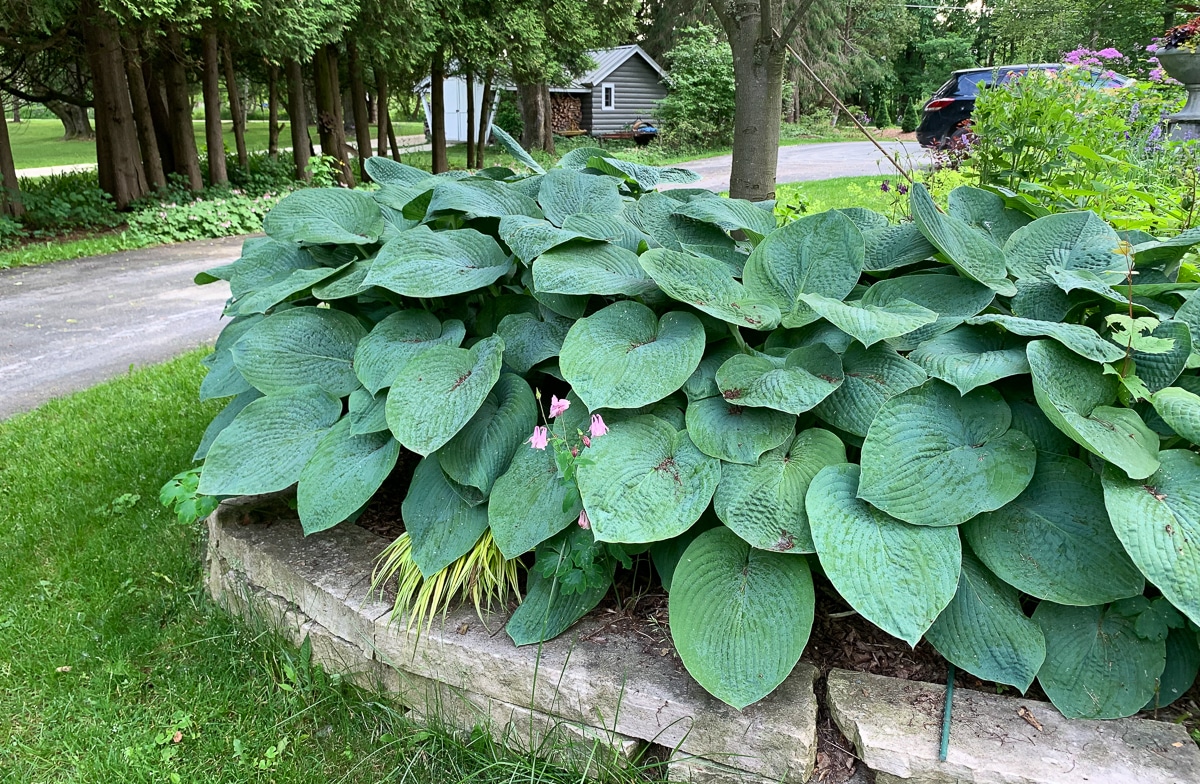
If it weren’t for my impatience to get on with the big show and my personal desire to advance to the point of the year when a jacket is not assumed to be necessary, all of this odd weather has some great advantages. The garden is as lush as I’ve ever seen it. Flowers bloom and then hang on in suspended animation. The tree peony flowers, which usually last for just a day or two, hung on for more than a week. That’s an impressive feat given that it’s planted in too much sun for most years.
Bloom time is off by weeks. The herbaceous peonies just started blooming a day or two ago. Peonies in July is almost unheard of, even here in my northern garden.
But the hostas are something special. They appreciate this weather far more than any other plant in my garden. They are enormous, and gobbling up any smaller plant that has happily lived nearby in previous years.
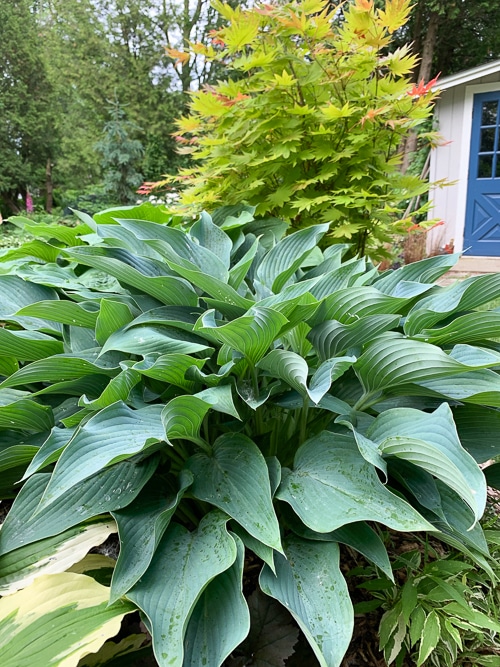
Up until a week to 10 days ago, the garden was full of that lovely new, fresh foliage that seems to just glow. But you probably know what came next.
Slugs.
An army of the little slimeballs has advanced into my garden and their attack has been wide ranging. Dahlias, nicotiana, ageratum, sweet peas and, of course, hostas have been hit hard.
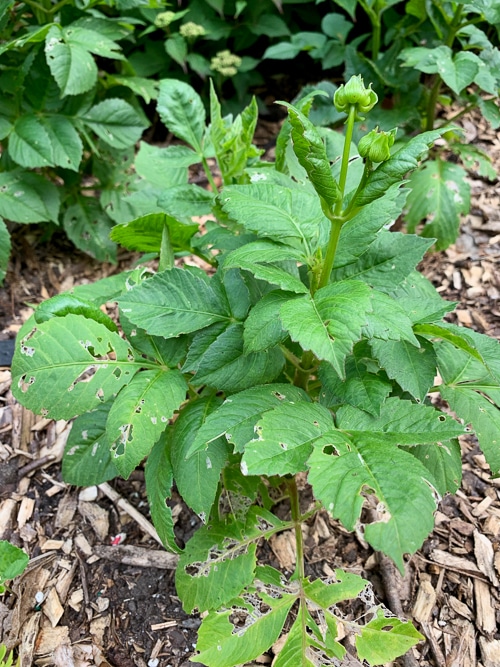
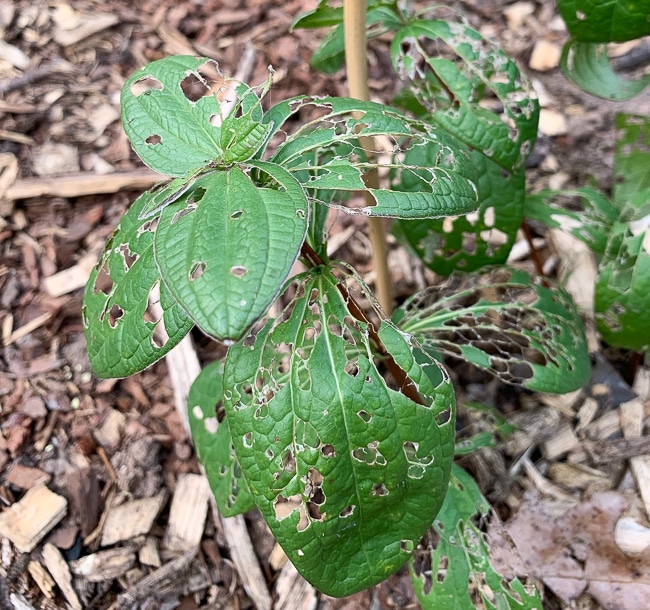
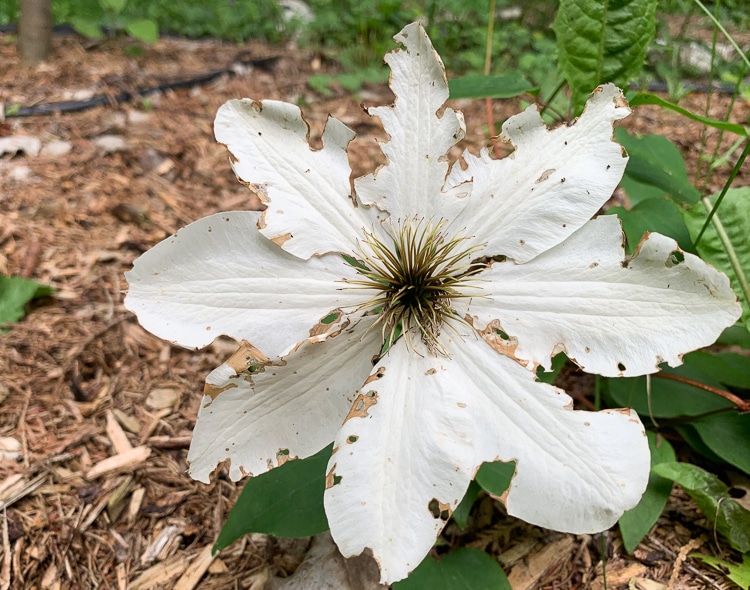
I’m not good about managing slugs and certainly I should have seen this coming and set up my defenses before they were out in force. But I didn’t. Even the enormous population of toads that is calling my garden home this year can’t keep up with the nonstop all-they-can-eat slug buffet.
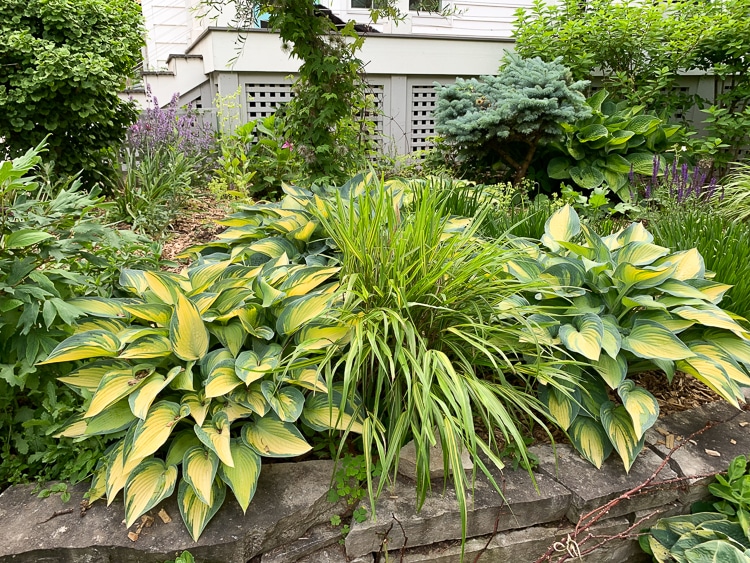
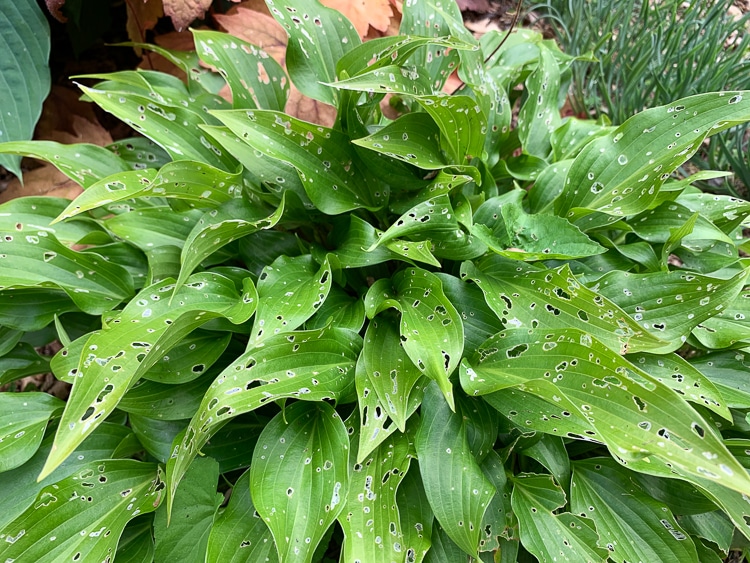
I’ve used beer traps in the past. Calling them “traps” is sort of funny since I imagine the slugs sort of just flopping into the cat food cans filled with whatever swill beer has been left behind after a party rather than any sort of last slug thought along the lines of, “How did I fall for this Miller High Life-flavored scheme?”
But those things are disgusting. They require daily emptying of the dozens of slugs they collect. They work, but only when used in en masse and emptying cans of dead slugs is a terrible way to start the day.
I’ve never used a product like Sluggo, which is said to be safe for pets and wildlife, in part because I’m always a little suspicious of that claim and in part because I hate having to spend money on something like that.
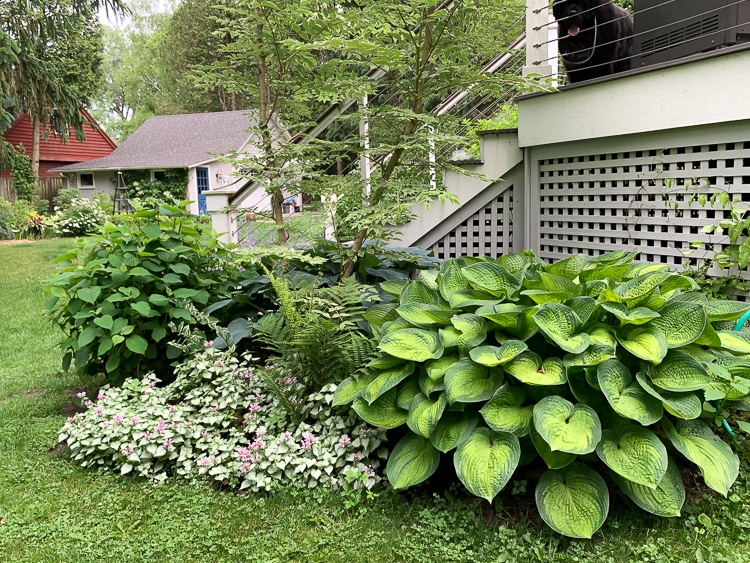
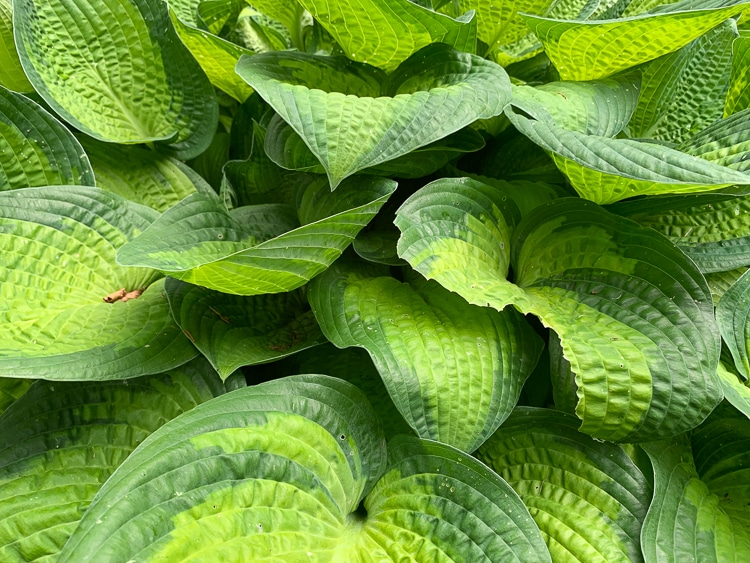
Many British gardeners, where I gather this kind slug and snail onslaught is rather typical, use a garlic spray and I have been doing that. I just simmer a broken up bulb of garlic in a pot of water, strain it, then add enough water to make a gallon in a small pump sprayer. Its effectiveness against slugs is questionable, especially since they had established a presence before I started using it. Its effectiveness in making my garden smell like an Italian restaurant is outstanding.
Other insects seem to also be enjoying the weather as well. Something is nibbling away on my hornbeams, and try as I might, I can’t find the culprit in the act.
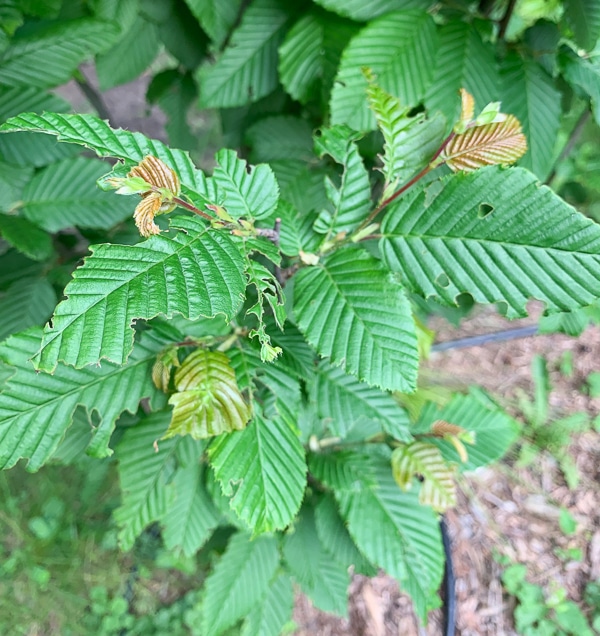
I try not to worry to much about such goings-on in my garden. My goal is to be patient, trusting that the decisions I’ve made to help promote a healthy ecosystem in my garden will eventually balance out the slugs and bad bugs.
Still, I wouldn’t complain if July brought more typical summer weather. Drying things out a bit wouldn’t be a bad thing on many fronts.


15 Responses
Metaldehyde is a bait used to kill slugs, snails, and other garden pests. Baits in pellet form resemble dog food and are flavored with sweeteners such as molasses to attract snails. This can lead to poisoning in dogs, cats, birds, and other wildlife.
Will birds eat Sluggo?
Commercial Brands Are Toxic After All
Ironically, I’ve recently learned that in fact, Sluggo and its kin kill earthworms (which metaldehyde baits don’t) and can also make dogs, cats, birds and other critters ill.
Use Nemaslug. It works!
Hi Erin,
This may be a rather late advise but have you tried a concoction of ammonia and water (1:10 ratio)? In early spring spray around the plants to kill the eggs. Later in the season you may spray directly on the slugs? The idea is the ammonia dissolves the slimy coating on their body and subsequently kills them.
I learned about this little trick from a Toronto based podcast of Charlie Dobbin (the name of the podcast escapes me).
Hi! My garden is almost all hostas since we had “Angus,” the Scotti Terrier. I do remember that my father, my aunty and paternal grandma always put coffee grounds (after they had make the coffee) in bowls of water and spread it on all the plants. I do the same things here in my garden in Montreal ?? and my garden is happy without being slugged!! Buena suerte to you all with your gardens! ?
I began putting crushed egg shells around my lettuce this year. It definitely kept the slugs at bay (they just don’t like crawling over the stuff), but the amount you have to save and use is ridiculous., though good for the calcium added to the soil. The diatamaceous earth is great, also. Buy the food grade because it is better if your doggies should get into it. People actually eat the stuff on a daily basis. Good for fleas on animals and bed bugs, too. Also, it is good around many plants to keep away skeletal insects that feed from ground hatching. I also heard that slugs hate copper because it gives them little shocks (why is that a satisfying thought,LOL!?). Some folks use the copper brillo-type pads and stretch them out around the plant base. Happy summer to you and your gang!
I can’t believe I blanked out about the DE, which I have in the garage! Although you do have to re-apply that after it rains. Thanks for the suggestions.
Another thing that works against slugs, in addition to egg shells, which I use all around my dahlias, is ground up marble (as in left overs from a marble quarry). I found inexpensive marble by the pound at our local garden center. It was sold along side the pebbles and mulch.
My plants were just like yours eaten alive by these slugs. So I started my research and went out about dark and sprayed neem oil. They don’t disappear quickly about a week later I did a second dose. (They were over my whole yard) I haven’t seen them since. I think slugs eat anything.
Interesting. Thanks for sharing.
I read an article suggesting to spread crushed egg shells around hostas. The shells supposedly macerate slug bodies. I hope it works. Especially on my new hosta plants that are pretty small.
If you sprinkle Diatamaceous Earth around the plant it will keep the slugs away. The “dirt” is ground up sea shells and cuts the slugs
I’ve used it for yrs. You could also go out around dusk when the are out and sprinkle them with salt. It’s gross, they melt right away, but it
also works very well.
Donna
We have had more rain than normal too. I haven’t seen such destruction by slugs as yet. I don’t want to say that out loud tho. I hope you get some warmer drier weather soon.
We are far south of you (oklahoma) and also had an unusually and very very wet spring and early summer. Everything was drowning and not absorbing. Which led to my dahlias being covered in slug signs as well. Luckily we’ve finally dried out and the slugs seem to have disappeared. Or at least my leaves look better.
lots of bugs this year – my poor basil is having a hard time as well as is the lettuce